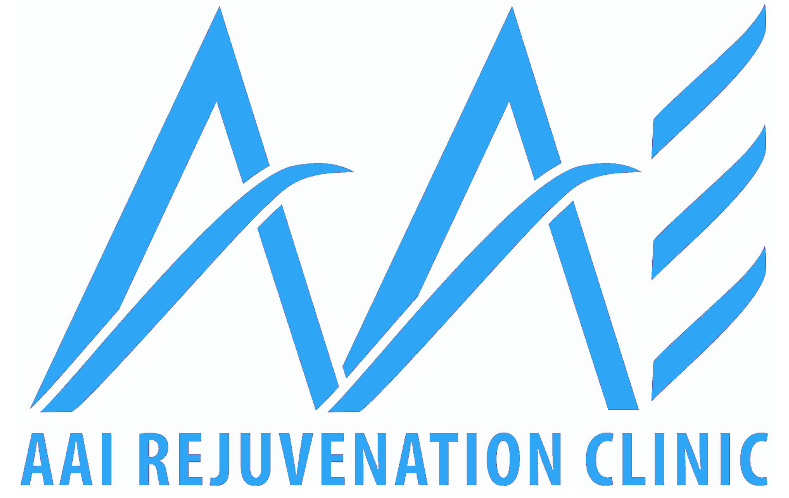What Are The Treatments For Low T?
Low Testosterone and Protocols
This section will go over examples of the more popular low testosterone protocols for educational and explanatory purposes; however, it is imperative we emphasize that a safe, health-driven testosterone replacement protocol can only be structured by a physician with regular blood work. Without regular blood work, physical examinations, a medical history, a family history, and the rest of the information in your patient file, your physician does not have the information he or she needs to structure your dosing protocol.
Your physician needs to consider which side effects that you are most at-risk from when they are structuring your healthy and effective testosterone replacement program. For example, different people will experience different issues such as:
• High blood pressure
• Excessively high prostate-specific antigen levels, which are a potential indicator or prostate cancer
• Diabetes
• High red blood counts (thick blood)
• Elevated cortisol levels
• Cardiac problems
Therefore, having all available medical is critical if you are to experience a program that free from negative side effects.
Any ailments you suffer from or at high risk of will also dictate the nutraceuticals and additional supplements that are incorporated into your AAI testosterone injections protocol.
Again, we stress that the protocols outlined below are not to be followed unless instructed by your AAI Rejuvenation Clinic physician. These are example protocols that are designed to give prospective clients an idea of what to expect on their journey toward extended youth and optimal health.
An example protocol for a generally healthy man suffering from low testosterone
Most men embarking on a testosterone therapy replacement protocol are doing so as a result of age-related issues that are affecting their life and physiology. That being said, patients that face their low testosterone-related concerns early and do not allow their bodies to fully experience the decline associated with maintaining extended periods of low hormone levels will usually benefit from a more basic, yet comprehensive testosterone program.
An example program is as follows (note that the exact drug and dose prescribed will depend on the specific information contained within each patient file, as well as the individual patient goals):
• Day 1. 50–250 mg of testosterone by injection
• Day 1 or 2: One estrogen blocker or inhibitor by mouth
• Day 3. One injection of a B-vitamin or amino acid
• Day 5. One estrogen blocker or inhibitor by mouth
• Day 6. One injection of a testosterone secretagogue (250–800 units)
• Day 7. One estrogen blocker or inhibitor by mouth (sometimes two estrogen blockers a week is enough, depending on the patient file)
• Day 7. One injection of a testosterone secretagogue (250–800 units)
An example protocol for a man focused on muscle development (reversing lean muscle loss)
At AAI Clinics, we also help patients who are interested in aiding their physicality and maximizing their output. We should clarify that we do NOT assist with performance enhancement; however, patients suffering from low testosterone who are on testosterone therapy need to exercise to maximize their therapeutic benefits and get the most out of their program. Therefore, dedicated patients who are exerting the necessary effort to change their body and appearance have the best chance to succeed when AAI assists them with their focus
Muscle development protocols also work well in patients that may react to therapy with too much aromatization (estrogen accumulation).
Men experiencing excessive aromatization and/or lean muscle depletion who are focused on rebuilding muscle may be prescribed a similar protocol to the following (note that the exact drug and dose prescribed will depend on the specific information contained within each patient file, as well as the individual patient goals):
• Day 1. 50–150 mg of a combination of testosterone esters
• Day 1 or 2. One estrogen blocker or inhibitor by mouth
• Day 3. One injection of a B-vitamin or amino acid
• Day 4. 50–150 mg of a combination of testosterone esters
• Day 5. One estrogen blocker or inhibitor by mouth
• Day 6. One injection of a testosterone secretagogue (250–800 units)
• Day 7. One estrogen blocker or inhibitor by mouth (sometimes two estrogen blockers a week is enough, depending on the patient file)
• Day 7. One injection of a testosterone secretagogue (250–800 units)
This weekly cycle would normally continue for 6–9 months, before a break period in which the body is allowed to normalize and reactivate.
Remember that when you are artificially manipulating your testosterone levels, some other functions of the body stop operating since endogenous testosterone production is shut down because of the presence of high levels of exogenous hormone.
The break period, normally referred to as the post cycle therapy (PCT), consists of medications that are formulated to reactivate the dormant systems that were not being used while your testosterone therapy was being administered.
The basic functions that need to be re-activated are:
• FSH (follicle-stimulating hormone; stimulates sperm production in the testes)
• LH (luteinizing hormone; stimulates testosterone production in the testes)
• Estrogen accumulation after extended periods of high testosterone levels
• Water retention, decreased libido, and other side effects associated with high estradiol levels from a past cycle of testosterone
Fill out the below form to hear from us within 24 business hours.
How useful was this post?
Click on a star to rate it!
Average rating 5 / 5. Vote count: 2
No votes so far! Be the first to rate this post.
